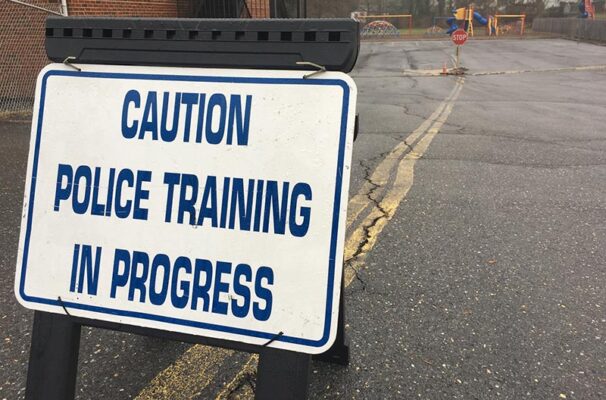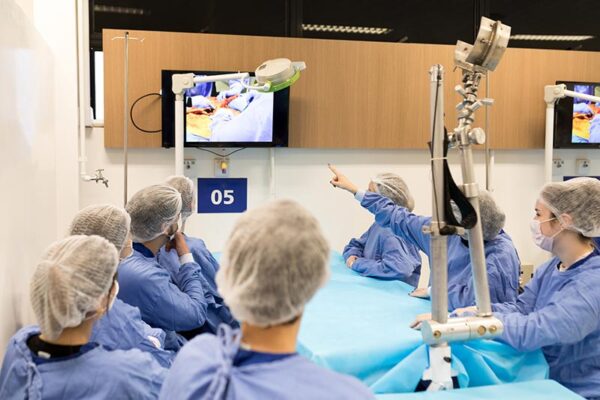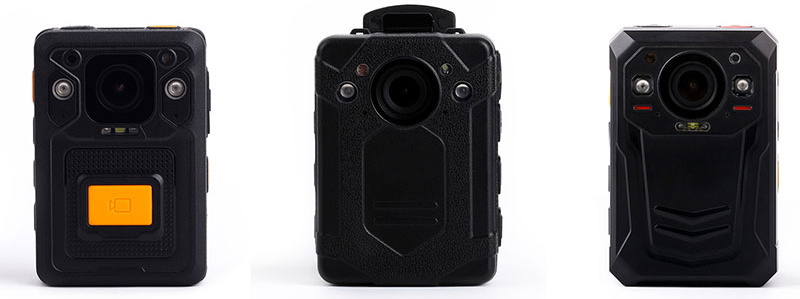Educational Applications: How Body Cameras Enhance Learning
August 7, 2025
Estimated reading time: 3 minutes

Body cameras offer educational benefits that complement other standard training and teaching methods. They stream live footage and record specific events for later review, providing valuable data for instruction and documentation.
Common educational settings for wearable camera usage include police academies and medical environments.

Police academies employ body cameras in various ways, most often for simulation training. Recruits wear cameras during mock scenarios, like traffic stops and domestic disturbances. The video captures their actions and decision-making processes. Instructors review the film and provide feedback to ensure recruits adhere to protocol and other best practices.
Body camera footage also supports training for soft skills, such as communication and de-escalation techniques.
Officers in the field wear cameras to capture events and scenarios. The teacher saves the recordings for later review in the classroom. These real-life case study examples are invaluable for cadets in the academy.
Recruits study the footage to understand the legal impact of their activities. Studying real-life footage helps them learn privacy rights and proper evidence handling for court proceedings.

Medical schools and teaching hospitals also use wearable cameras to support training. A camera can capture footage of a medical student during a simulated procedure. The student will review the footage with their instructor, who then provides an objective assessment based on the video. The student and instructor can both see areas and techniques that require improvement.
Recorded footage of real-life medical treatments provided by professionals helps students learn and develop new clinical skills by:
This archived footage provides a library of practical examples for training future students.

The usefulness of body cameras extends beyond police academies and medical training.
In K-12 education, student teachers review body camera footage to refine their teaching methods. Wearable cameras also support special education, helping teachers analyze the behavior of students with functional needs. They aid research opportunities and lectures in higher education.
Other industries that utilize body cameras for training include:

Situation-specific: Wearable cameras capture specific use cases that resonate with the intended audience. Rather than learn about a theoretical situation, they can watch a video of a scenario they could encounter.
Objective: The footage is an unbiased and trustworthy record of an actual event.
Archivable: Industries can archive body camera footage to build extensive training material libraries.
Preferred format: Students and recruits benefit from pausing and rewinding body camera footage. Unlike a live lecture or in-person training simulation, trainees can review videos as frequently as necessary.
Body camera solutions require access to high bandwidth and data networks. They also need a durable module and application programming interface (API) data orchestration to enable applications to access the footage.
Our modules provide technologies like:
Telit Cinterion can fully enable your body camera solution from the edge device to the application.